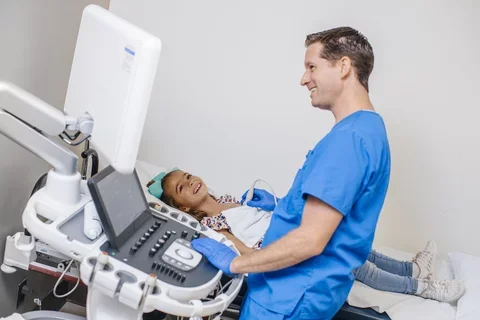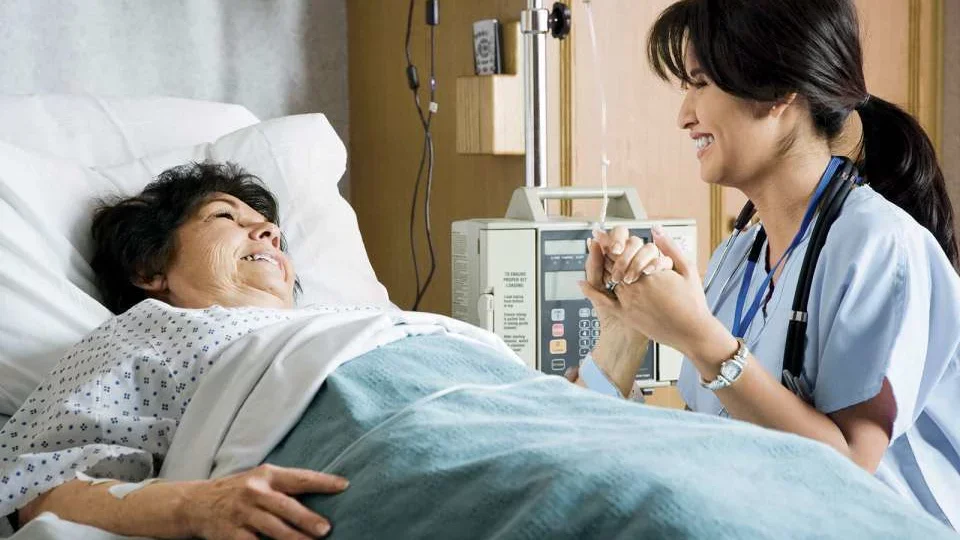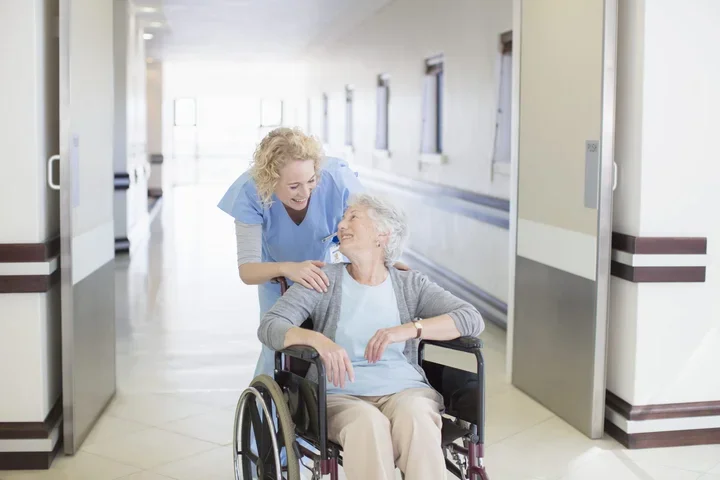The Importance of Bedside Manner
Building Trust and Patient Engagement

Bedside Manner Can Promote Healing by Making Patients Comfortable
Bedside manner among all medical professionals is a crucial part of their patients' recovery. Not only does it affect how patients feel in the hospital, but also how much they learn about caring for themselves at home.
This important element encompasses every aspect of one's interaction with a patient and his or her family member—not only what is said, but how it's expressed. Students in the David Geffen School of Medicine at UCLA are taught to understand the importance of bedside manner from their first year in the lab to their first day as physicians who provide care to patients.
Why Bedside Manner Matters
Chai-Chih Huang RN, MSN, NE-BC, is the director of pediatric nursing at the Mattel Children's Hospital UCLA, and has seen the effects of good and bad mannerisms on patients' experience while in their care. "It's important for us as providers to put ourselves in the parents' and children's shoes," she says. "They come to the hospital in one of the most stressful times. We have to connect to our patients and their families."
The ultimate goal of any encounter is to promote trust and healing. How physicians, nurses, social workers and even housekeeping approach patients and their families can directly affect the overall experience for patients and their willingness to learn. With good bedside manner, providers are ultimately able to improve communication and reduce errors.
Where the Parent Comes In
How providers interact with patients, through their tone, body language, and actions, has a major effect on the patients' overall experience and understanding of their condition.
"At the children's hospital, the parents know more about their kid's normal behavior than we do," she says. "We have to listen to them and incorporate their information into the medical treatment."
For example, if a mother suggests one of the medications a nurse brings for the child is not something he or she normally takes, Huang holds it's the duty of the nurse to go back and verify with the doctor. Ignoring the concern makes the parent feel disconnected and could lead to bigger problems further into the treatment process.
"In my experience, when parents aren't engaged or have questions that get dismissed by the team, they lose trust," Huang observes. "I've seen some patients take time searching online to prove their provider wrong. That takes attention away from the patient."
Communication
From check-in to check-out, the importance of bedside manner is to build trust and engage the patient. What, when and how information is communicated makes all the difference.

"Having a good bedside manner is an expectation from providers at UCLA," says Huang, who offers a few tips on how physicians and related staff do this:
- Using words the patient can understand, not medical jargon. This means recognizing their psychosocial, educational and cultural background.
- Making eye contact when talking.
- Introducing themselves to the patient and family every time. At Mattel Children's Hospital UCLA, some patients are working with many different teams. They see residents, students, physicians, nurses and more.
- Practicing body language that is honest but doesn't demonstrate haste.
These practices are part of CICARE, an evidence-based acronym that creates a standard process for interactions with patients, families, and colleagues. All UCLA Health employees are expected to make the connection by practicing each of the six steps of CICARE with everyone on every encounter.
Engagement
Explaining what's going to happen and asking permission from the patient before performing an exam is an equal part of proper bedside manner. Nevertheless, teach at every encounter. Reiterate care instructions to the patient and family so they know how to clean a wound or when to take medications after discharge.
Family members and caregivers should be involved, as well. They're a key part of patients' lives and their support at home, and at UCLA, this includes them in rounding and bedside shift reporting.
All of these elements contribute to the patient's overall experience while increasing their chances of following a treatment plan at home.



